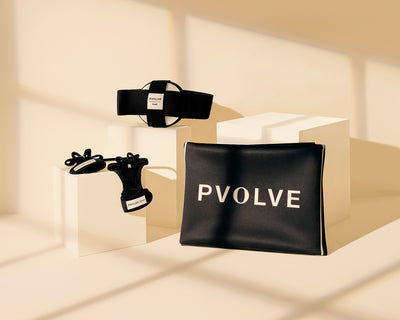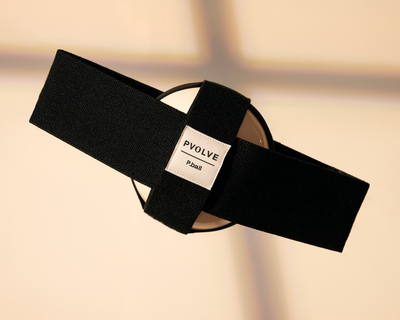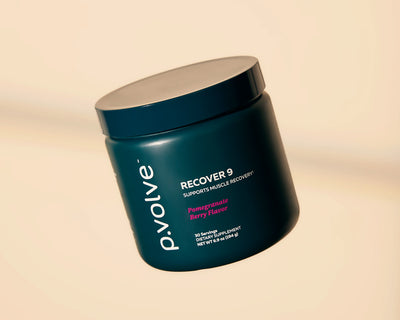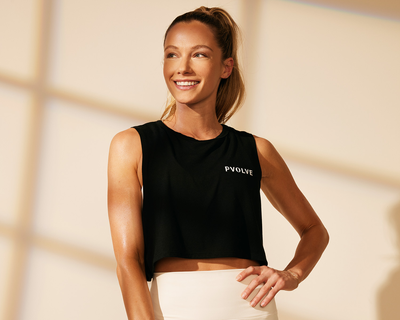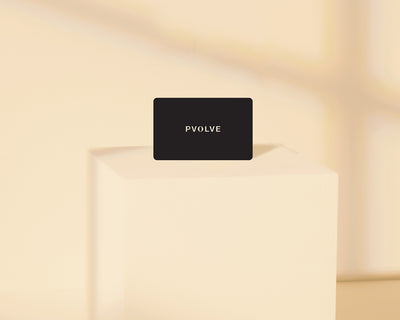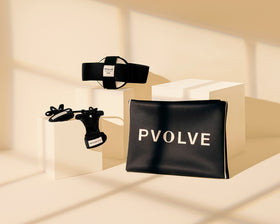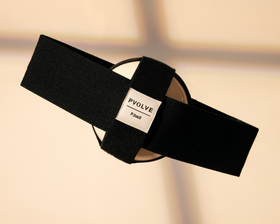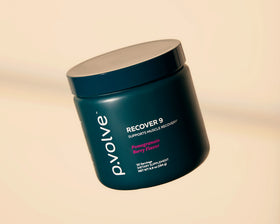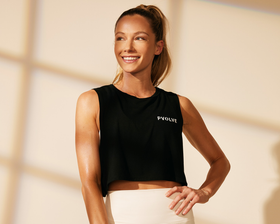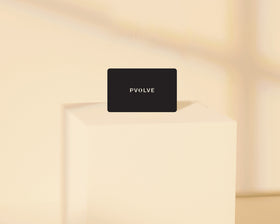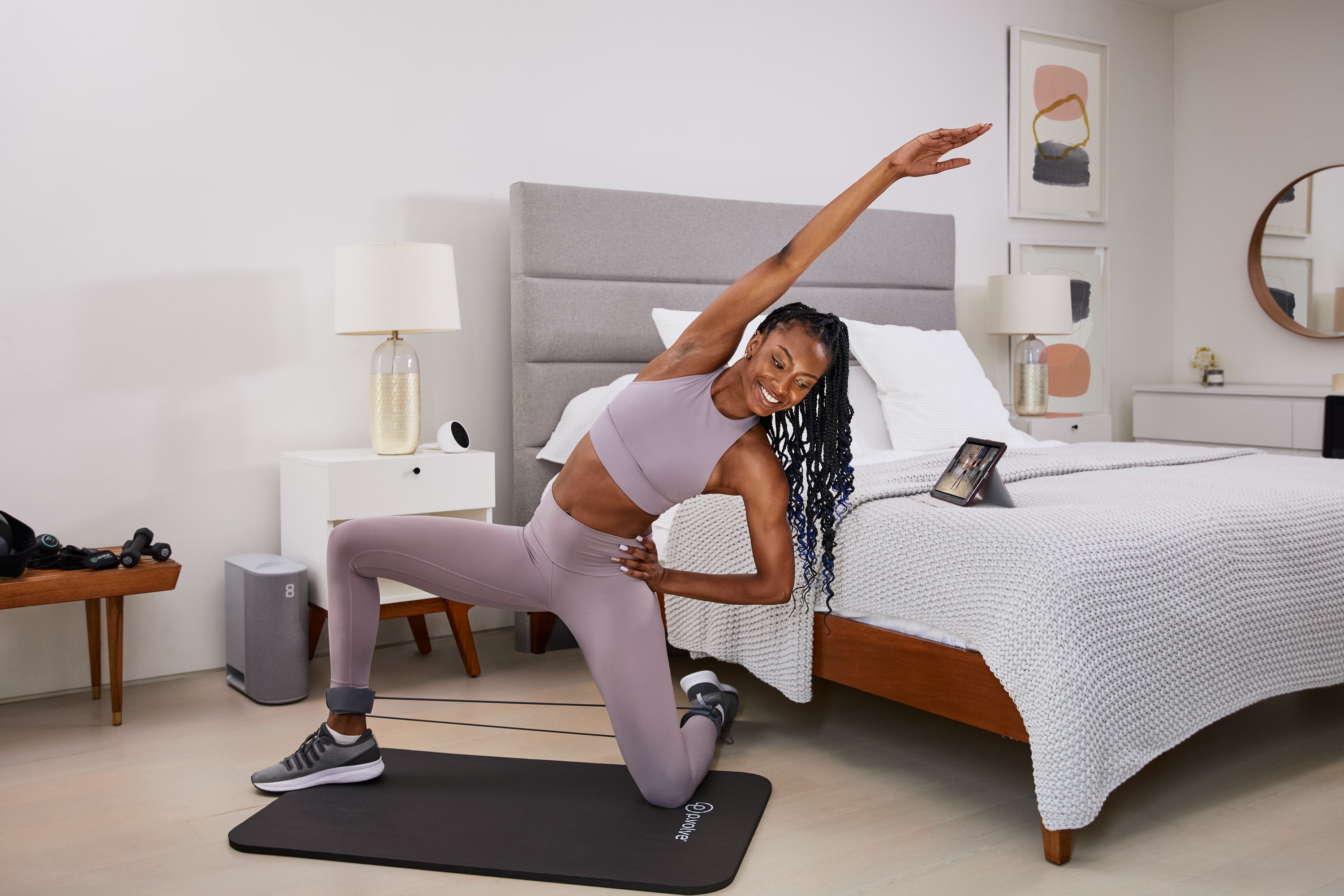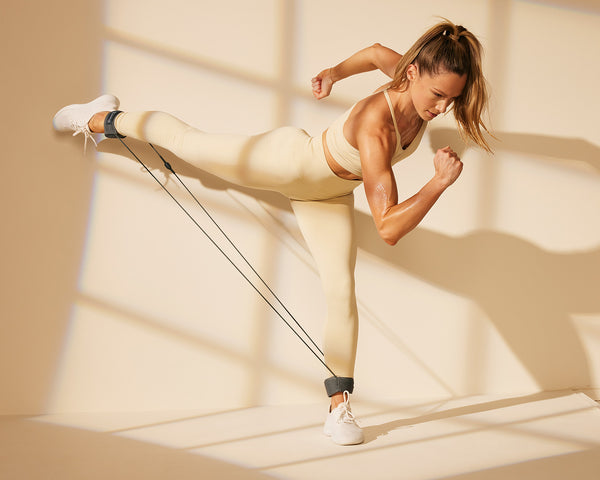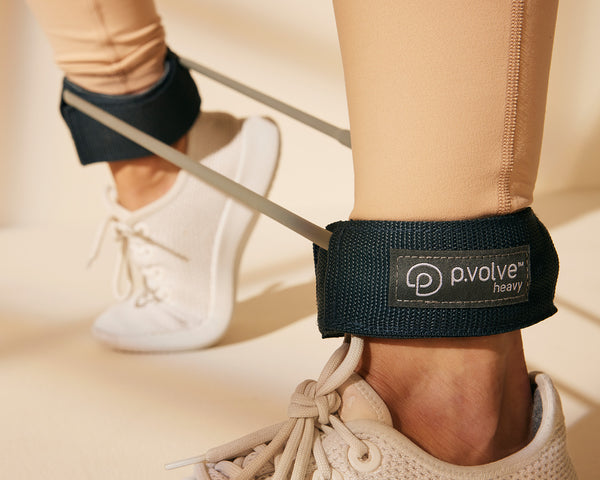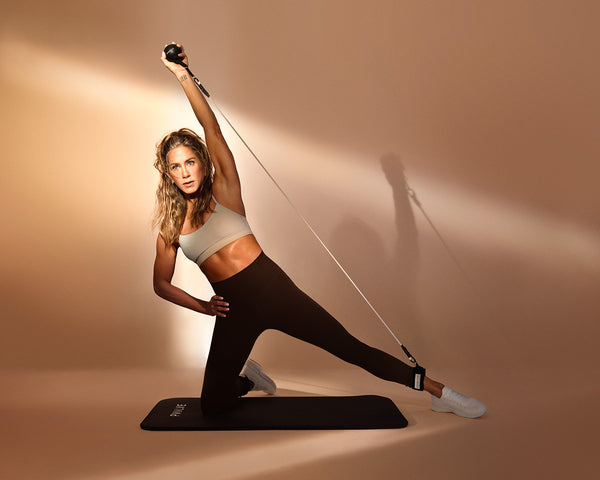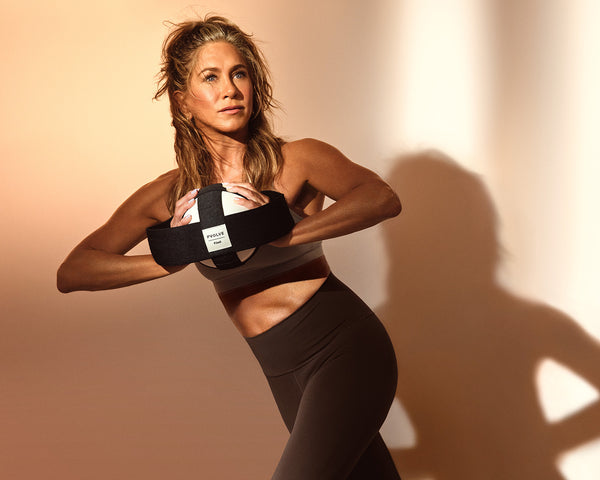The lower back is a part of the body that plagues a vast number of people. Whether you’re active or not, the lumbar spine (or, the lower back) is a common source of pain, and for a multitude of reasons that mostly extend from the extremes of sitting all day and/or overexertion. This makes sense when you think about it—if you’re mostly sedentary during the day (at your desk job, in your car in traffic, etc.) and then go to the gym and suddenly start throwing your body into these big intense exercises, something is bound to go wrong.
How Functional Movement Helps with Lower Back Pain
This is a perfect example of how the Pvolve Method benefits your body far beyond the gym. By focusing on alignment and creating constant engagement, Pvolve sets out to address all possible causes of everyday lower back pain and move your body properly to help you feel more stable, mobile and strong. We do this by not only stretching the spine and opening the hips to ensure your lower extremities are mobile and functioning properly, but also by activating and strengthening all the muscles, ligaments, and fascia that surround that lower back region.
The big culprits are the abdominal muscles—consisting of the internal and external obliques, the transverse abdominus, and the rectus abdominus. Equally important muscles to target are the back’s erector spinae, serratus posterior, and thoracolumbar fascia. All of these muscles support the lumbar spine-- without their assistance, the lumbar spine is in big trouble.
Most injuries to the lumbar spine occur when someone is in a hip-flexed, bent-over position. This happens both when working out (squatting and deadlifting) and in everyday life when reaching to the floor to pick something up, or even light running or biking. The aim is to get all the muscles working together as a team and getting them strong so we can avoid any possible injury or pain.
How To Relieve Lower Back Pain
There are numerous ways we stimulate these muscles and force them to get strong but the starting point is through our foundational p.sit (otherwise known as a hip hinge). The p.sit is small but mighty—this tiny motion is meant to force you to slow down and tune into exactly what's going on in your midsection. With the p.sit, we are connecting the mind with the lower back, and listening to its condition. Your p.sit can be as small as a half-inch and as big as a 5-6 inch drop, but it completely depends on where your body is at, and know that you will build up the strength and range of motion as you progress.
If your core can’t support the mass and momentum of your body twisting, pulling, and compressing the spinal vertebrate, your body will let you know right away with a sudden ache or pain. Most of the exercises in Pvolve are designed to create better communication between you and your body, and let you know the status of any pain or discomfort through each move.
The idea is to learn to stay within the range of motions that your hips and muscles will allow you to go through within the limits of the lumbar spine. You always want to take it as far as you can without pushing into the pain zone. As you do this (and as you do with all other exercises), you want to move slowly and focus on activating all the muscles in your core necessary to support your back. This takes focus and a mind-body connection, so don’t rush the process. As you sit into the hinge, you will feel your back muscles engage but be sure to support this movement by bracing the core so both your front and back body are working in tandem. Aside from mastering the p.sit, we will engage your core through standing abdominal exercises, breath work and pelvic floor activation as a healthy, strong core is the key to protecting your lower back.
Adding equipment to the workouts will also challenge these same muscles in all different ways. But the beauty of this method is that you don't have to worry about designating certain days to different areas of your body. Instead, our method helps you progressively build up your total-body strength in a holistic way, tackling any pain points along the way and helping you reach your goals in the process.
